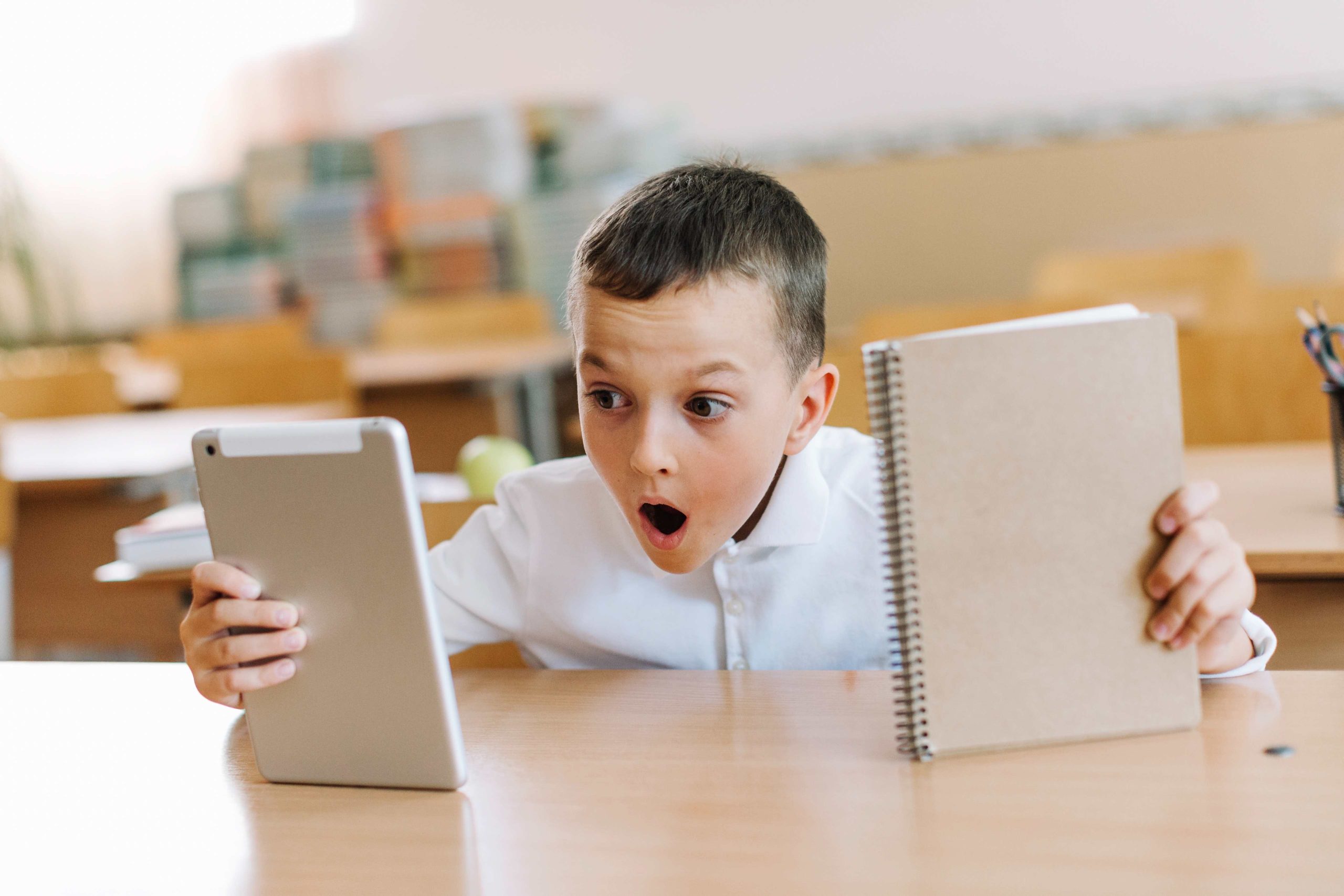
A Comprehensive Guide to Understanding Preschool Learning Preferences
Preschool lays the foundation for a child’s intellectual and social development, making it a crucial period in their growth. To ensure every preschooler reaches their full potential, it’s essential to be aware of their learning preferences. In this article, we’ll explore preschool learning preferences and how to identify and accommodate them effectively.
Preferences for Learning
Preschoolers typically prefer one of three main learning styles: visual, auditory, or kinesthetic.
Visual Learners
Visual learners prefer learning through pictures, films, and other visual aids. They enjoy observing colorful objects and benefit from visual stimuli like whiteboards and flashcards.
Hearing Learners
Auditory learners prefer learning through spoken communication. They enjoy listening to rhymes, songs, and stories, and benefit from oral instructions and mnemonic devices.
Physical Learners
Kinesthetic learners prefer hands-on, active learning experiences. They enjoy exploring their surroundings physically and benefit from activities like building, touching, and role-playing.
Identifying Preschool Learning Preferences
While preschoolers may not always articulate their preferences clearly, there are signs parents and educators can watch for:
- Visual learners may enjoy drawing, coloring, and viewing instructional films.
- Auditory learners may show interest in music, singing, and asking questions while listening to stories.
- Kinesthetic learners may be active, enjoy playing with toys that encourage movement, and prefer hands-on activities.
Adapting Teaching Strategies
Once learning preferences are identified, parents and instructors can tailor teaching strategies accordingly:
Visual Learners
Utilize visual aids such as images, diagrams, and movies. Encourage expression through drawing and coloring.
Hearing Learners
Provide verbal communication, engage in class discussions, and incorporate storytelling and music. Encourage oral expression and questioning.
Physical Learners
Incorporate hands-on activities, movement, and physical games. Encourage exploration and interaction with the environment.
It’s important to remember that learning preferences may change over time. Preschoolers’ interests and preferences evolve as they grow, requiring adjustments to teaching strategies. Additionally, cultural backgrounds may influence learning preferences, so it’s essential to consider cultural differences in educational approaches.
Encouraging a love of learning and fostering social and emotional development are also vital aspects of preschool education. Providing a supportive and stimulating learning environment, promoting parent-teacher collaboration, and integrating technology responsibly can further enhance the learning experience.
By recognizing and accommodating preschoolers’ unique learning preferences, parents and instructors can help them develop a lifelong love of learning and reach their full potential.
Remember, while learning preferences guide instructional strategies, they’re just one factor to consider. Every child is unique, so it’s important to adapt teaching methods to individual needs and personalities. Offering a variety of learning opportunities and allowing for unstructured play and exploration are essential for nurturing creativity, curiosity, and a love of learning in preschoolers.
In conclusion, understanding preschool learning preferences is key to creating a productive and enjoyable learning environment. By recognizing and adapting to these preferences, parents and teachers can support preschoolers’ development and set them on the path to lifelong learning.
Providing a supportive and stimulating learning environment, promoting parent-teacher collaboration, and integrating technology responsibly can further enhance the learning experience. By recognizing and accommodating preschoolers’ unique learning preferences, parents and instructors can help them develop a lifelong love of learning and reach their full potential.


